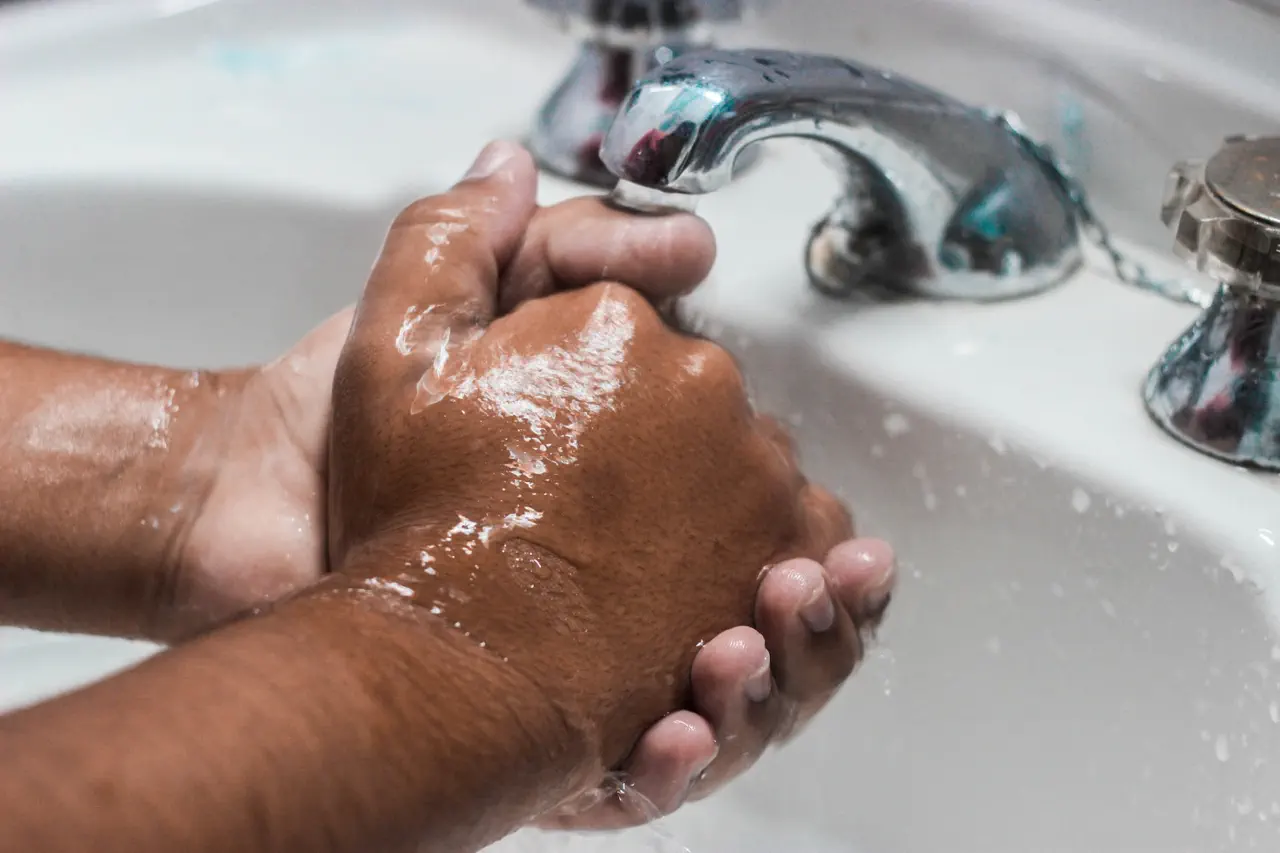What is Mysophobia?
Mysophobia, also known as germophobia or the intense fear of contamination, is more than a preference for cleanliness. It involves persistent anxiety that goes beyond ordinary concern about hygiene. For individuals experiencing this condition, even small exposures to dirt or shared surfaces can trigger extreme stress and avoidance behaviors.
Unlike occasional discomfort in dirty environments, germ-related anxiety can significantly affect daily routines, relationships, and overall mental well-being. Those affected may excessively wash their hands, refuse to touch doorknobs, or avoid public places entirely.
It is recognized under the umbrella of specific phobias in mental health diagnostics and may start during childhood or manifest later in life due to traumatic events or environmental factors.

If you need professional support, consulting the best psychiatrist in Delhi can provide valuable insights and personalized strategies for Depression. Consider Visiting:
1. Symptoms of Mysophobia
The symptoms of mysophobia can vary from person to person, but common signs include:
Persistent worry about contamination
Avoidance of crowded or public spaces
Excessive handwashing or showering
Repeated cleaning of objects, surfaces, or surroundings
Difficulty touching shared items like doorknobs or money
Physical symptoms like sweating, rapid heartbeat, or panic when exposed to perceived sources of germs
These behaviors can interfere with work, relationships, and overall quality of life.
2. Causes and Risk Factors
While there isn’t a single known cause of mysophobia, several factors may contribute to its development:
Genetics: A family history of anxiety or specific phobias can increase risk.
Environmental Influence: Learning behavior from parents or caregivers who are overly concerned about cleanliness.
Past Trauma: A history of illness, contamination, or distressing health events can trigger fear responses.
Media Exposure: Overexposure to health warnings and disease outbreaks in the media can heighten fear of germs.
3. Mysophobia vs OCD: Understanding the Difference
Mysophobia is often confused with Obsessive-Compulsive Disorder (OCD). While both conditions involve fear of contamination and repetitive behaviors, they are distinct. OCD includes a broader range of intrusive thoughts and compulsive rituals beyond cleanliness.
Mysophobia is classified as a specific phobia, meaning it focuses on a single fear—germs or contamination. In contrast, OCD tends to be more complex and includes a variety of obsessions and compulsions.
4. How Mysophobia Affects Daily Life
For individuals living with mysophobia, daily tasks can become overwhelming. Using public transportation, shaking hands, or even cooking may provoke intense anxiety. These limitations can lead to isolation, career disruptions, and strained relationships.
In extreme cases, the fear of contamination can result in social withdrawal or the avoidance of essential activities such as medical visits or travel.

5. Healthy Coping Strategies for Mysophobia
While professional help is recommended for severe cases, there are several healthy coping mechanisms that may help manage the symptoms of mysophobia:
Practice Gradual Exposure: Slowly introducing yourself to feared situations in a controlled way can help reduce anxiety over time.
Mindfulness and Meditation: These techniques can help reduce obsessive thoughts and bring awareness to irrational fears.
Routine Setting: Establishing a consistent, balanced routine can offer a sense of control without reinforcing compulsive behaviors.
Limiting Media Consumption: Reducing exposure to fear-inducing news or health-related content can prevent heightened anxiety.
6. When to Seek Help
If mysophobia is disrupting your personal or professional life, it’s important to seek help. Mental health professionals can offer therapy approaches, such as Cognitive Behavioral Therapy (CBT), which has been found effective for phobias.
You can find credible information and support through government health sources like:
7. Breaking the Stigma Around Mysophobia
Mental health awareness has grown in recent years, but specific phobias like mysophobia are still misunderstood. It’s essential to recognize that struggling with a phobia doesn’t mean someone is weak or irrational—it’s a real mental health condition that deserves compassion and support.
By speaking openly about mysophobia and promoting mental health literacy, we can create a more inclusive and supportive environment for everyone.

Final Thoughts
Mysophobia is more than just a fear of germs—it’s a condition that can impact every aspect of life if not addressed. Understanding the symptoms, causes, and available support systems is the first step toward managing it effectively. With proper education, awareness, and mental health resources, recovery is possible, and individuals can lead balanced, fulfilling lives.

